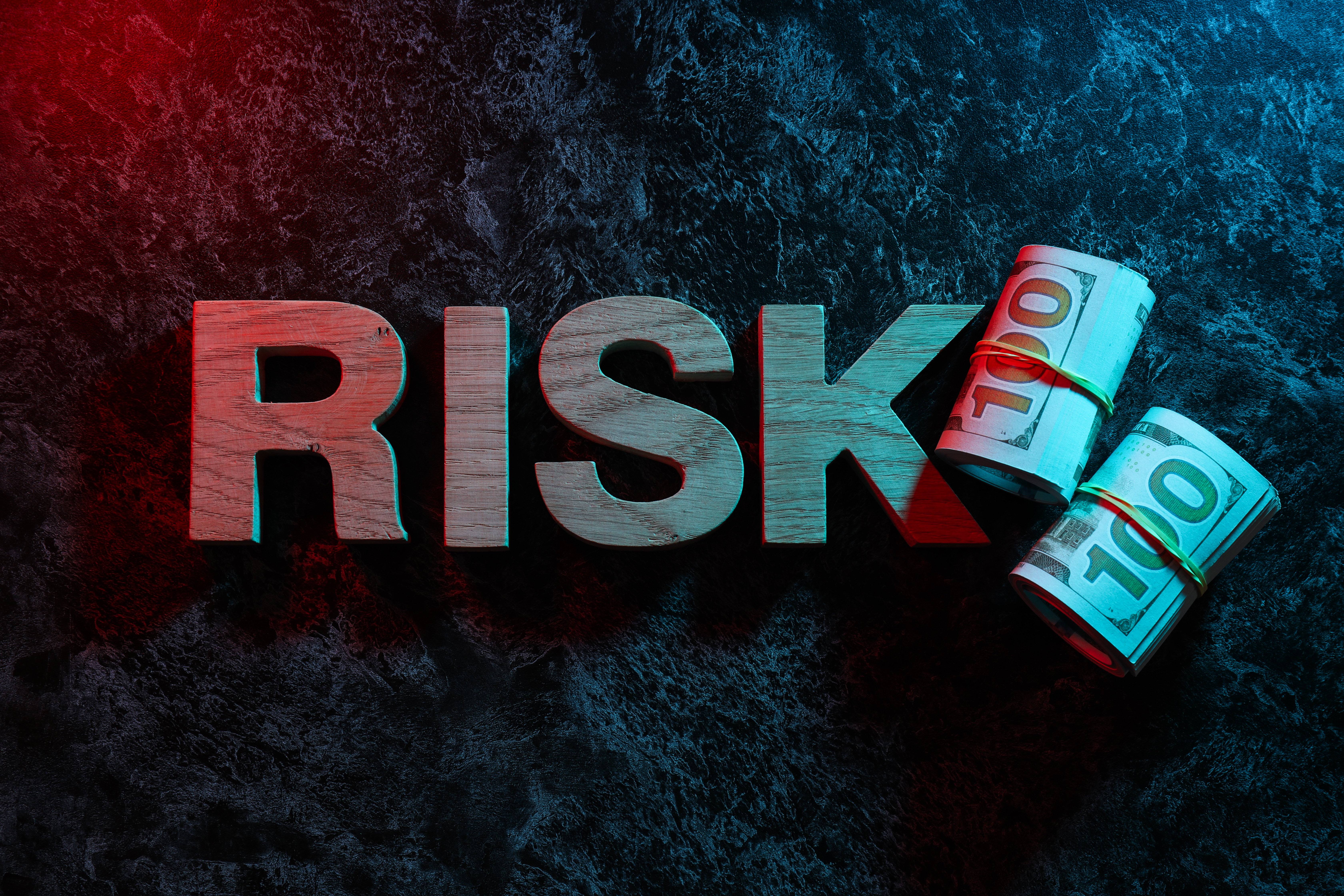Understanding Supplier Risk Management

With all of the current uncertainty and volatility in the global economy, supplier risk management is no longer optional—it’s a necessity. Businesses must navigate an increasingly complex landscape where supplier disruptions can significantly impact operations. Supplier risk management is the proactive approach to identifying, assessing, and mitigating risks associated with suppliers, ensuring continuity and resilience in supply chains.
What is Supplier Risk Management and Why is it Essential?
Supplier risk management refers to the strategies and processes used to monitor, evaluate, and mitigate risks in supplier relationships. These risks can stem from financial instability, geopolitical issues, natural disasters, or operational failures. Effective supplier risk management ensures businesses remain agile and prepared, protecting both reputation and revenue.
Key Benefits of Supplier Risk Management
- Business Continuity: A well-designed supplier risk management program ensures operations can withstand disruptions.
- Cost Savings: Preventing disruptions reduces unplanned costs and fosters financial stability.
- Reputation Management: By mitigating supplier risks, companies safeguard their brand reputation.
- Compliance Assurance: Supplier risk management frameworks help maintain regulatory compliance.
The Role of Supplier Risk in Supply Chains
Supplier risk is an inherent aspect of global supply chains. Whether it’s due to economic factors, market volatility, or natural disasters, these risks can disrupt procurement, production, and delivery. Understanding supplier risk is the first step in building a resilient supply chain.
Supplier Risk Categories
- Financial Risks: Supplier insolvency or financial instability can disrupt production timelines.
- Operational Risks: Failures in logistics, quality control, or capacity limitations.
- Geopolitical Risks: Trade restrictions, political instability, or tariffs.
- Environmental Risks: Natural disasters, pandemics, or climate-related events.
- Compliance Risks: Non-adherence to legal, ethical, or regulatory standards.
Implementing a Supplier Risk Management Program
Establishing a supplier risk management program is essential for proactive risk identification and mitigation. This involves assessing current suppliers, understanding potential risks, and implementing monitoring systems.
Steps to Develop a Supplier Risk Management Program
- Risk Identification: Map all potential risks linked to suppliers.
- Risk Assessment: Evaluate the likelihood and impact of identified risks.
- Mitigation Strategies: Develop contingency plans and alternative sourcing options.
- Monitoring and Review: Continuously track supplier performance and risk indicators.
Best Practices for Supplier Risk Management
Implementing supplier risk management best practices enhances efficiency and ensures long-term success.
Building a Robust Supplier Risk Management Framework
- Supplier Onboarding: Conduct thorough due diligence during supplier selection.
- Regular Audits: Schedule periodic supplier assessments to track compliance and performance.
- Data Integration: Leverage technology for real-time supplier risk monitoring.
- Collaboration: Maintain open communication with suppliers to address issues promptly.
- Diversification: Avoid over-reliance on a single supplier by diversifying the supplier base.
Monitoring Supplier Risk
Supplier risk monitoring is a continuous process that involves tracking key metrics and analyzing trends. Technologies like supplier management software can automate this process, providing real-time insights and alerts.
Strategies to Mitigate Supplier Risk
Proactive risk mitigation strategies minimize potential disruptions.
- Scenario Planning: Simulate risk scenarios to prepare for potential challenges.
- Contractual Safeguards: Include clauses for performance and compliance standards.
- Inventory Management: Maintain buffer stocks to counteract supplier delays.
- Supplier Development Programs: Invest in supplier capabilities to reduce risks.
Future Trends in Supplier Risk Management
As supply chains evolve, so do the methodologies for managing supplier risks.
Technology and Supplier Risk Management
Emerging technologies are transforming how businesses approach supplier risk management:
- Artificial Intelligence: AI tools can predict risks by analyzing data trends.
- Blockchain: Ensures transparency and traceability in supplier transactions.
- IoT Devices: Monitor supplier activities and conditions in real time.
Emphasizing Sustainability
Companies are increasingly incorporating sustainability into supplier risk management frameworks, aligning risk mitigation strategies with environmental and social governance (ESG) goals.
Supplier Risk Management Frameworks
A structured supplier risk management framework provides clarity and consistency in managing risks. This includes standardized processes for evaluation, mitigation, and reporting.
Components of an Effective Framework
- Risk Identification Tools: Automated systems to detect and analyze risks.
- Risk Assessment Models: Quantitative and qualitative tools to prioritize risks.
- Mitigation Strategies: Tailored plans to address identified risks.
- Performance Metrics: KPIs to track supplier compliance and resilience.
Conclusion
Effective supplier risk management is the cornerstone of a resilient supply chain. By implementing best practices, leveraging technology, and fostering collaboration, businesses can mitigate risks and maintain operational continuity. Adopting a comprehensive supplier risk management framework ensures preparedness for both current and future challenges in the global supply chain landscape.
